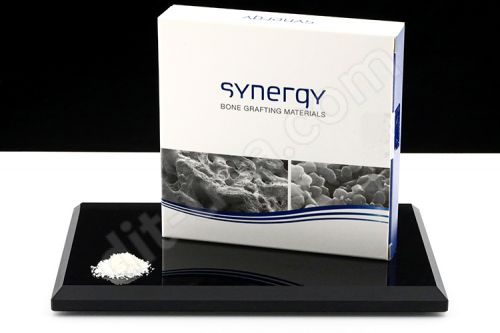Understanding The Facts And Facets Of Regenerative Medicinal Strategies
Regenerative medicine aims to replace organs and tissues damaged by congenital issues, trauma, and other ailments. Tools used to identify the outcomes are cellular therapies, tissue engineering, artificial organs, and medical devices.
Ailments like spondylosis, osteoarthritis, and tooth decay may lead to irreversible structural damage to affected tissues. Surgical intervention might be the next logical treatment choice when non-invasive therapies fail to alleviate symptoms to a manageable level. Removing damaged tissues or replacing them with a synthetic implant can restore function & reduce pain. It includes orthopedic implants and dental implants.
Owing to the increasing demand for implants & impact of associated complications, resources have got directed into finding the right solutions to minimize their effects. Promising solutions include the integration of stem cells into synthetic implant design. These devices are better called biomedical implants. They use the principles of regenerative medicine in order to increase:
· Osseointegration
· Resistance to post-operative infection, and
· The long-term viability of the modern implants
Outlining the impact of regenerative medicines
The promising industry of regenerative medicine works to restore the structure & function of the damaged organs and tissues. In addition, it also works to create the right solutions for organs that get permanently damaged. The prime intention of the approach is to discover a process of curing untreatable diseases and injuries.
In the field of regenerative products and medicines, the concentrations are:
· Cellular Therapies
· Tissue Engineering & Biomaterials
· Artificial Organs and Medical Devices
Clinicians and scientists around the world are developing devices to supplement and replace functions of certain organs too. If you want to learn about regenerative products, now is the time to get in touch with Dental Implant Technologies.
Ailments like spondylosis, osteoarthritis, and tooth decay may lead to irreversible structural damage to affected tissues. Surgical intervention might be the next logical treatment choice when non-invasive therapies fail to alleviate symptoms to a manageable level. Removing damaged tissues or replacing them with a synthetic implant can restore function & reduce pain. It includes orthopedic implants and dental implants.
Owing to the increasing demand for implants & impact of associated complications, resources have got directed into finding the right solutions to minimize their effects. Promising solutions include the integration of stem cells into synthetic implant design. These devices are better called biomedical implants. They use the principles of regenerative medicine in order to increase:
· Osseointegration
· Resistance to post-operative infection, and
· The long-term viability of the modern implants
Outlining the impact of regenerative medicines
The promising industry of regenerative medicine works to restore the structure & function of the damaged organs and tissues. In addition, it also works to create the right solutions for organs that get permanently damaged. The prime intention of the approach is to discover a process of curing untreatable diseases and injuries.
In the field of regenerative products and medicines, the concentrations are:
· Cellular Therapies
· Tissue Engineering & Biomaterials
· Artificial Organs and Medical Devices
Clinicians and scientists around the world are developing devices to supplement and replace functions of certain organs too. If you want to learn about regenerative products, now is the time to get in touch with Dental Implant Technologies.

Comments
Post a Comment